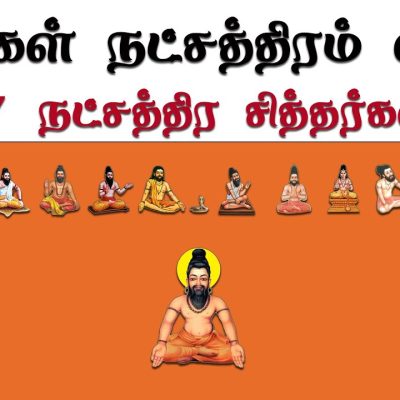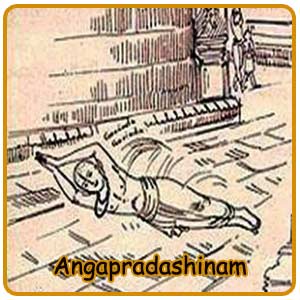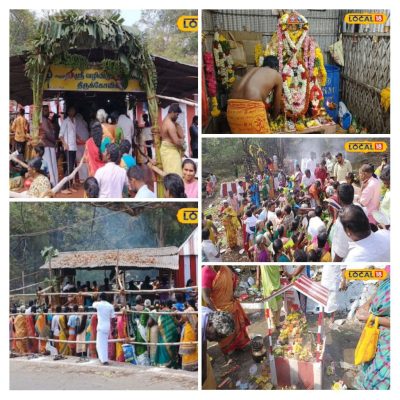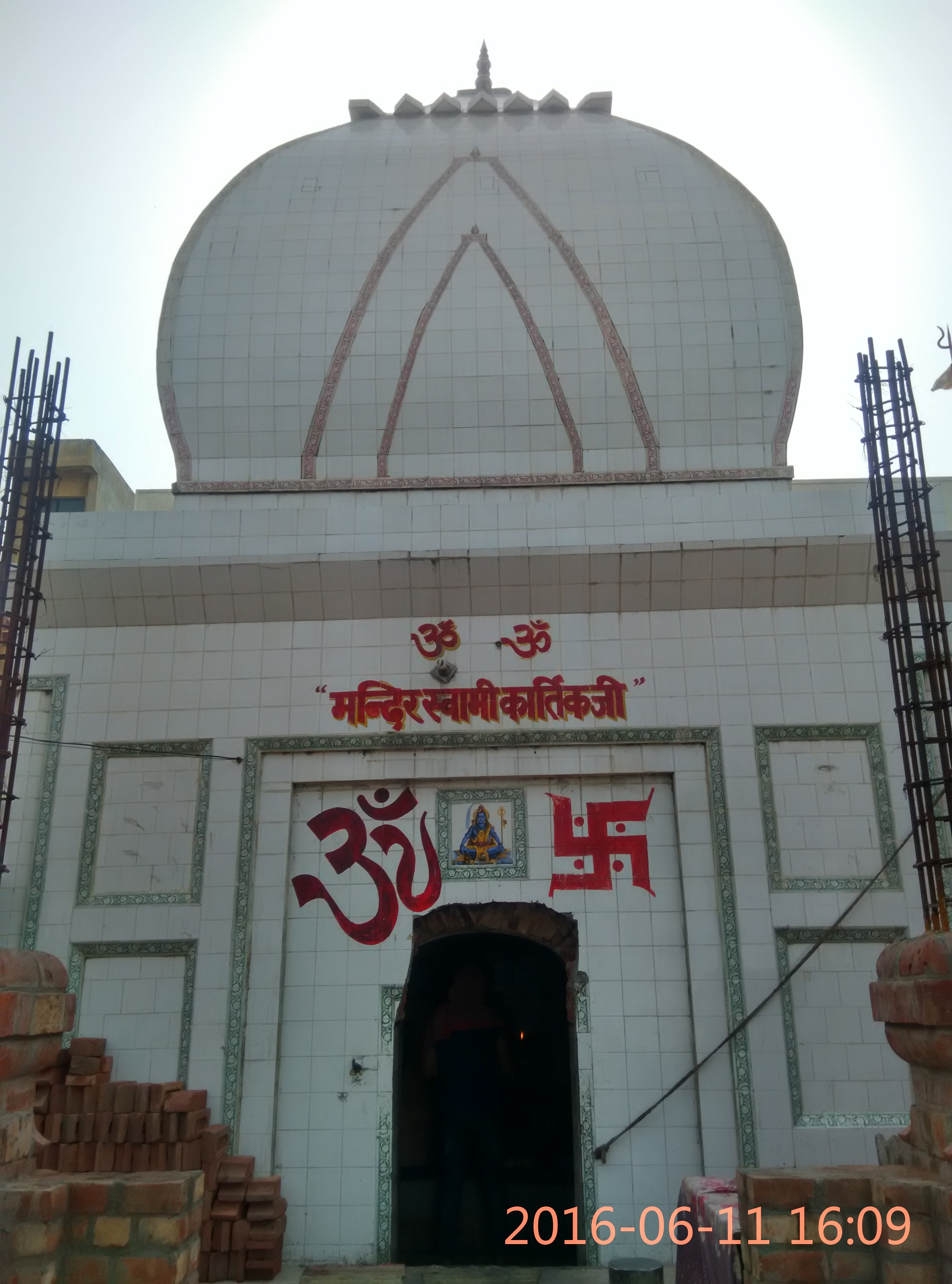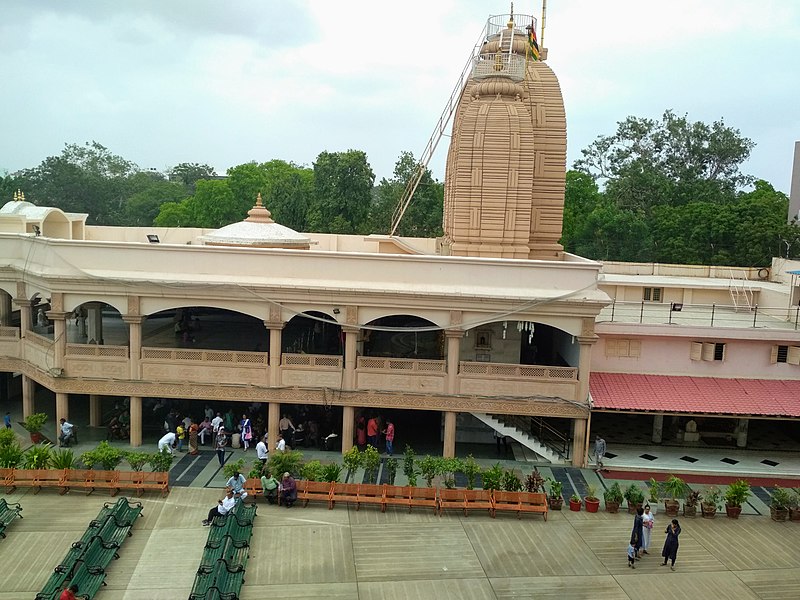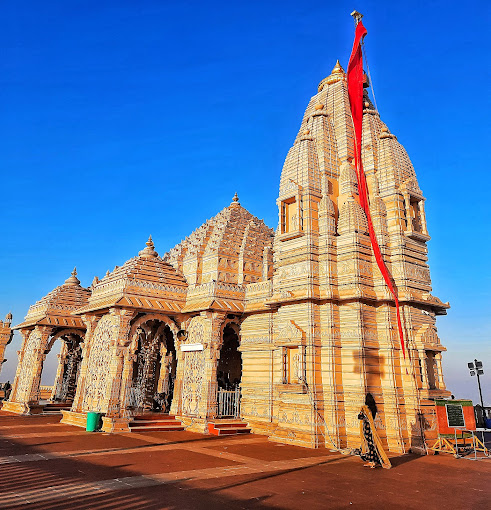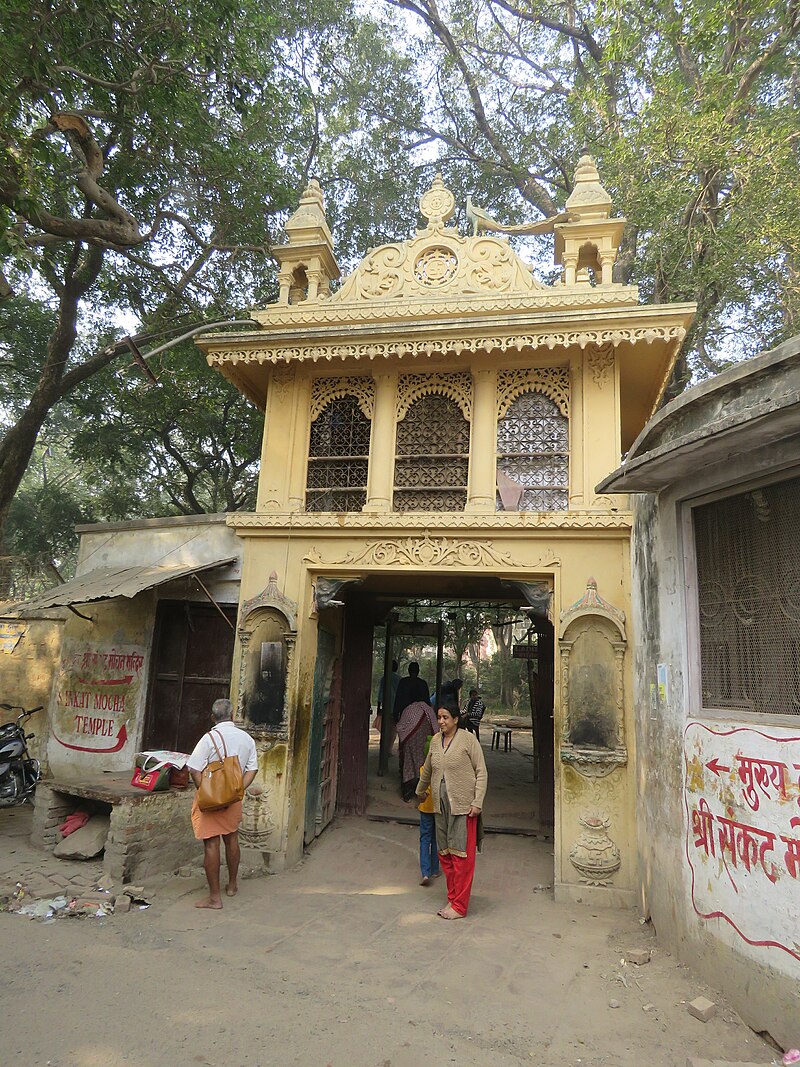Sri Tara Tarini Temple- Odisha

Address
Sri Tara Tarini Temple- Temple Road Dt, near Rushikulya River, Raipur, Purusottampur, Odisha 761018
Diety
Amman: Tara Tarini
Introduction
Taratarini Temple on the Kumari hills at the bank of the River Rushikulya near Brahmapur city in Ganjam District, Odisha, India is worshiped as the Breast Shrine (Sthana Peetha) and manifestations of Adi Shakti. The Tara Tarini Shakti Peetha is one of the oldest pilgrimage centers of the Mother Goddess and is one of four major ancient Tantra Peetha and Shakti Peethas in India.
Puranic Significance
According to available historical sources the fall of Kalingan Empire and its capital Sampa (Samapa) in the Kalinga war around 2300 years ago by Mauryan Emperor Ashoka, strengthened the grip of Buddhists in this part of India. The then Sampa was hardly 7 km from Tara Tarini Hill Shrine. So, scholars believe that Tara Tarini was worshiped as the principal deity (Ista-Devi) of the mighty Kalinga Empire. After Ashoka conquered Kalinga scholars found it a famous centre of Buddhism. The region of Ganjam near the bank of river Rushikulya was an active Buddhist site as shown from the Special Rock Edicts of Ashoka found at Jaugada at a distance of 4 km from Tara-Tarini Hill Shrine. The name Tara (Buddhism), an important deity of Mahayana Buddhist Pantheon, is suggestive of Buddhist influence. An image of Buddha in meditation, present inside the sanctum sanctorum of the temple lends credence to the claim of this site as an ancient centre of the Buddhist Shakta cult. According to the texts of Mahayana Buddhists, in the initial days, the Buddhists didn’t believe in the worship of Goddesses or in Pratimapuja (Idol Worship). But, the ecclesiastical texts of Mahayana’s reveal that from 1st century AD after the fall of Kalinga, for the first time the Mahayana Buddhists accepted the worship of Mother Goddess ‘Tara’. So there is seldom any doubt that the Buddhists have learned the ‘Tara’ Puja concept from this shrine. The Bouddha Tantrik texts, texts of Vajrajani sect and Hindu Tantrik texts also attest these facts. Scholars believe that in the primary days the Buddhists worshiped Taratarini, the principal seat of Tantrik sect in Hinduism at that time, as Bouddha Tara, and later on included ‘Tara’ as the Tantrik deity or spouse of bodhisattva Avalokiteshvara in their belief system. Gradually this ‘Tara’ worship spread to different parts of the world. Besides the worship of Tara by the Buddhist Tantrikas, the maritime history of Kalinga suggests the worship of Tara by the Sadhavas, merchants and seamen before launching their sea voyage from the great sea ports like Dantapura (Gopalpur), Pallur near Chilika Lake, Kalingapatna and river Rushikulya. All these major sea ports of the ancient world were very near the Tara Tarini hill shrine. It is known from the available sources that till 17th century this place was out of the sight of the common man. But, according to a folk story, once Maa Tara Tarini appeared as two sisters in the house of Shri Basu Praharaj. He was a learned Brahmin of Kharida Vira Jagannathpur village in Ganjam District and one of the great devotees of the Mother Goddess but child less. After staying for some years one day the sisters disappeared suddenly from the house of Basu Praharaj. According to the account of the villagers the sisters traveled up to the Tarini Parvat/Ratnagiri and disappeared there. Basu Praharaj searched these girls but did not find their tracings. His heart broke down with grief and pain. On that night he saw a dream where the Tara and Tarini informed Basu Praharaj that they were not his daughters; they are the Adi Shakti, Tara and Tarini. The goddesses ordered Basu to come out of the grief and said that the time has arrived and with full devotion renovate the temple on the hilltop of Tarini Parvat and establish the deities according to the Vedic tradition. After that divine direction Basu discovered the tracings of ancient most presence of Adi Shakti Tara Tarini on the sacred hilltop and immediately took steps to reconstruct the temple and the shrine. Since that time for its magnetism and sanctity this Sthana Peetha (Breast Shrine) of Mata Sati, became a centre of faith and reverence for countless people, in search of peace, tranquility, guidance and spiritual energy and its fame spread like wild fire to become one of the popular religious destinations for millions of devotees.
Special Features
The shrine is considered one of the most revered Tantra Peethas and major pilgrimage centers of Shakta(Shaktism)sect of Hinduism. Shakti Peethas are holy abodes of Parashakti. This is believed to have originated from the historical story, of falling of the body parts of the corpse of Sati Devi, when Shiva carried it and wandered. There are 51 Shakti Peethas and 26 Upa Peethas spread across the Indian sub-continent. 51 Shakti Peethas are believed to be representing the 51 letters in Sanskrit alphabet. Sati Devi’s breasts are believed to have fallen here in Tara Tarini. The Shakti of the shrine is addressed as Maa Tara Devi. The goddesses Tara and Tarini are represented by two ancient stone statues wearing gold and silver ornaments. Two brass heads known as their Chalanti Pratima or living image are placed between them Abode of Maa Tara Tarini.
Festivals
Chaitra Mela/Chaitra Parva/Chaitra Yatra, Dusshera, Navaratri, Dipawali, Sankranti, All Tuesdays of the year.
Century/Period/Age
2300 years old
Managed By
Archaeological Survey of India
Nearest Bus Station
Tara Tarini
Nearest Railway Station
Brahmapur station
Nearest Airport
Bhubaneswar
